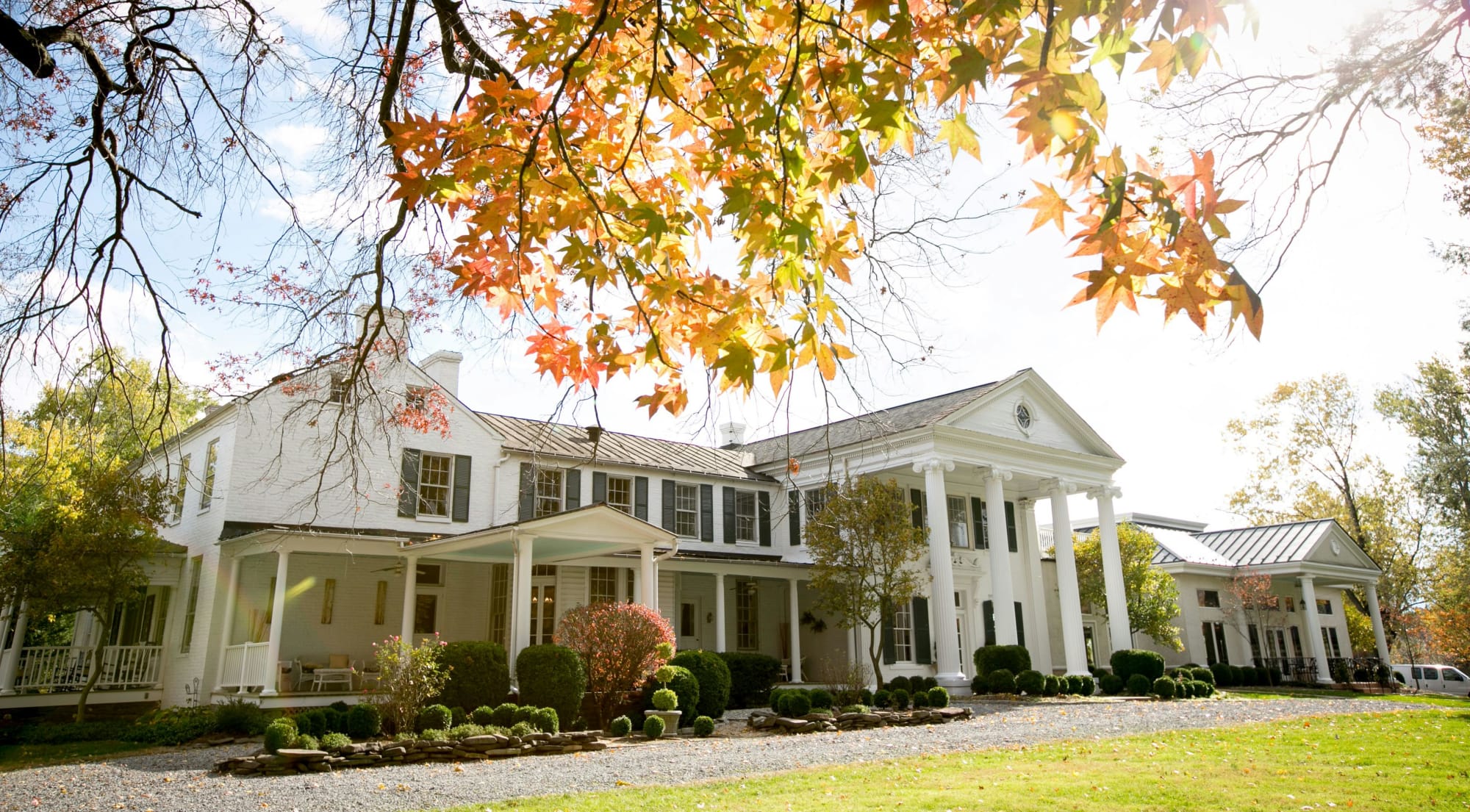Borrow
‘Super-apps’ top consumers’ preferences
In the face of ever-increasing digitisation and technological advancements, incumbent banks will need to “act now” to protect their advantages, if they want to remain relevant to consumers in the future, a consumer banking survey reveals.
‘Super-apps’ top consumers’ preferences
In the face of ever-increasing digitisation and technological advancements, incumbent banks will need to “act now” to protect their advantages, if they want to remain relevant to consumers in the future, a consumer banking survey reveals.

The EY 2021 NextWave Global Consumer Banking Survey explored consumers’ primary financial relationships (PFR), appetite for digital banking solutions and demand for new, personalised online products.
The survey included 12,000 consumers in 14 diverse markets and found that incumbent banks lead in maintaining primary financial relationships (79 per cent), while 10 per cent of respondents said they use a neobank for a product or service.
Tim Dring, EY Oceania banking and capital markets leader, said while traditional banks retain advantages in areas such as trust, neobanks are starting to gain ground in tech.
“The Australian banking sector is entering a period of significant change as market participants respond to new technologies, the implementation of open banking and increasing consumer expectations [around] tech-driven convenience,” Mr Dring said.

The survey results found that while 72 per cent of Australian respondents said they either completely or mostly trust their bank, neobanks will begin to penetrate products like investments and loans as customer tenure increases.
Many neobanks arealready developing insurance and investment products aligned to the needs of their customer base.
Globally, among the 27 per cent of consumers who have relationships with neobanks, 37 per cent are aged between 18-34, which are mostly used for deposits and digital payments.
It’s believed as Gen Z becomes a larger segment in financial services, traditional banks may begin to lose market share even within anchor product categories such as lending.
But Mr Dring said opportunities for Australian banks are “compelling”.
“Especially for those that are willing to rethink their growth strategies and expand their digital capabilities to better curate personalised customer experiences,” Mr Dring said.
For example, the survey results indicate consumers’ growing preference for “super apps” to meet their banking needs.
Super apps combine multiple financial services such as checking and savings accounts, investments and payments, via one app or digital experience.
The rise of “super apps” and consumer preference for much greater personalisation provide a strong impetus for transformation programs and ecosystem development at incumbent banks.
However, as traditional banks still hold a trust advantage over neobanks, the research found major banks are better positioned to benefit from super app ecosystems.
The research also found that personalisation features that help maximise functional benefits linked to products, such as loyalty programs, were favoured by younger generations.
Eighty-one per cent of Gen Z consumers around the world are identifying it as a feature that could deepen their relationships.
The findings concluded that banks need personalised communication to clearly convey how products meet customers’ needs and satisfy their objectives.

Banking
Commonwealth Bank leads consideration while People First Bank tops satisfaction in YouGov’s latest rankings
In a revealing snapshot of Australia's banking landscape, the Commonwealth Bank (CBA) has emerged as the most considered financial institution among prospective customers, according to YouGov's ...Read more

Banking
End of the easing: what a major bank’s call signals for Australian balance sheets
A major Australian bank now argues the Reserve Bank’s rate-cut run has hit a pause, resetting the risk-free rate narrative across corporate Australia. The Reserve Bank of Australia’s latest Statement ...Read more

Banking
Open banking, real returns: How an Australian brokerage turned CDR data into deal velocity
Open banking is no longer a whiteboard theory—it’s a working growth engine. This case study unpacks how a mid-sized Australian brokerage (“Pink Finance”) operationalised Consumer Data Right (CDR) data ...Read more

Banking
Open banking’s quiet revolution: how one broker’s data play rewrites speed, trust and margin
Open banking is shifting from compliance cost to commercial engine, and early adopters in Australia’s broking market are already monetising the curve. The playbook: consented bank-grade data piped ...Read more

Banking
Open banking in action: An early adopter’s playbook—and the ROI case for Australian brokers
Open banking is shifting from conference buzzword to operational backbone in Australia’s broking sector. Early adopters are using bank-grade data and AI to compress underwriting cycles, cut compliance ...Read more

Banking
Australian brokerage pedals ahead using consented data for a speedy advantage
Open banking is no longer a concept; it is an operating model shift changing how brokers originate and package credit. Australia’s early movers, backed by the Consumer Data Right (CDR) and a ...Read more

Banking
BOQ’s mortgage squeeze is a market signal: where banks will win next as competition bites
Bank of Queensland’s shrinking home-loan book is more than a single-institution story; it’s a barometer of how Australia’s mortgage market is being rewired by broker power, non-bank agility and ...Read more

Banking
RBA’s next move: Why a November cut could reset corporate risk budgets
Australia’s unemployment rate has risen to a four‑year high, sharpening the case for another Reserve Bank easing as growth moderates. With GDP expanding 0.6% in the June quarter and 1.8% year on year, ...Read more

Banking
Commonwealth Bank leads consideration while People First Bank tops satisfaction in YouGov’s latest rankings
In a revealing snapshot of Australia's banking landscape, the Commonwealth Bank (CBA) has emerged as the most considered financial institution among prospective customers, according to YouGov's ...Read more

Banking
End of the easing: what a major bank’s call signals for Australian balance sheets
A major Australian bank now argues the Reserve Bank’s rate-cut run has hit a pause, resetting the risk-free rate narrative across corporate Australia. The Reserve Bank of Australia’s latest Statement ...Read more

Banking
Open banking, real returns: How an Australian brokerage turned CDR data into deal velocity
Open banking is no longer a whiteboard theory—it’s a working growth engine. This case study unpacks how a mid-sized Australian brokerage (“Pink Finance”) operationalised Consumer Data Right (CDR) data ...Read more

Banking
Open banking’s quiet revolution: how one broker’s data play rewrites speed, trust and margin
Open banking is shifting from compliance cost to commercial engine, and early adopters in Australia’s broking market are already monetising the curve. The playbook: consented bank-grade data piped ...Read more

Banking
Open banking in action: An early adopter’s playbook—and the ROI case for Australian brokers
Open banking is shifting from conference buzzword to operational backbone in Australia’s broking sector. Early adopters are using bank-grade data and AI to compress underwriting cycles, cut compliance ...Read more

Banking
Australian brokerage pedals ahead using consented data for a speedy advantage
Open banking is no longer a concept; it is an operating model shift changing how brokers originate and package credit. Australia’s early movers, backed by the Consumer Data Right (CDR) and a ...Read more

Banking
BOQ’s mortgage squeeze is a market signal: where banks will win next as competition bites
Bank of Queensland’s shrinking home-loan book is more than a single-institution story; it’s a barometer of how Australia’s mortgage market is being rewired by broker power, non-bank agility and ...Read more

Banking
RBA’s next move: Why a November cut could reset corporate risk budgets
Australia’s unemployment rate has risen to a four‑year high, sharpening the case for another Reserve Bank easing as growth moderates. With GDP expanding 0.6% in the June quarter and 1.8% year on year, ...Read more








